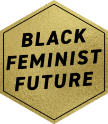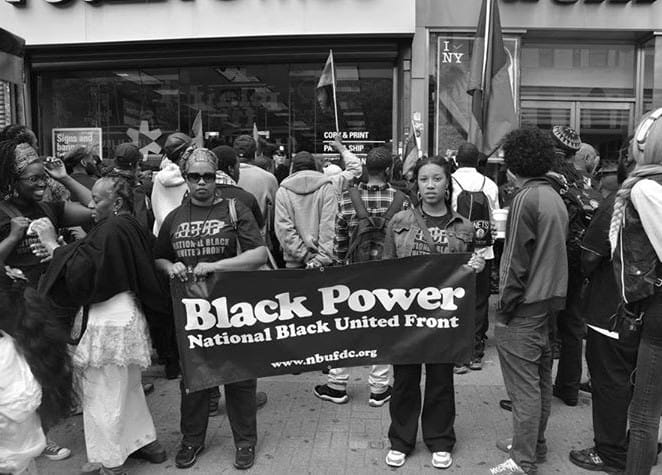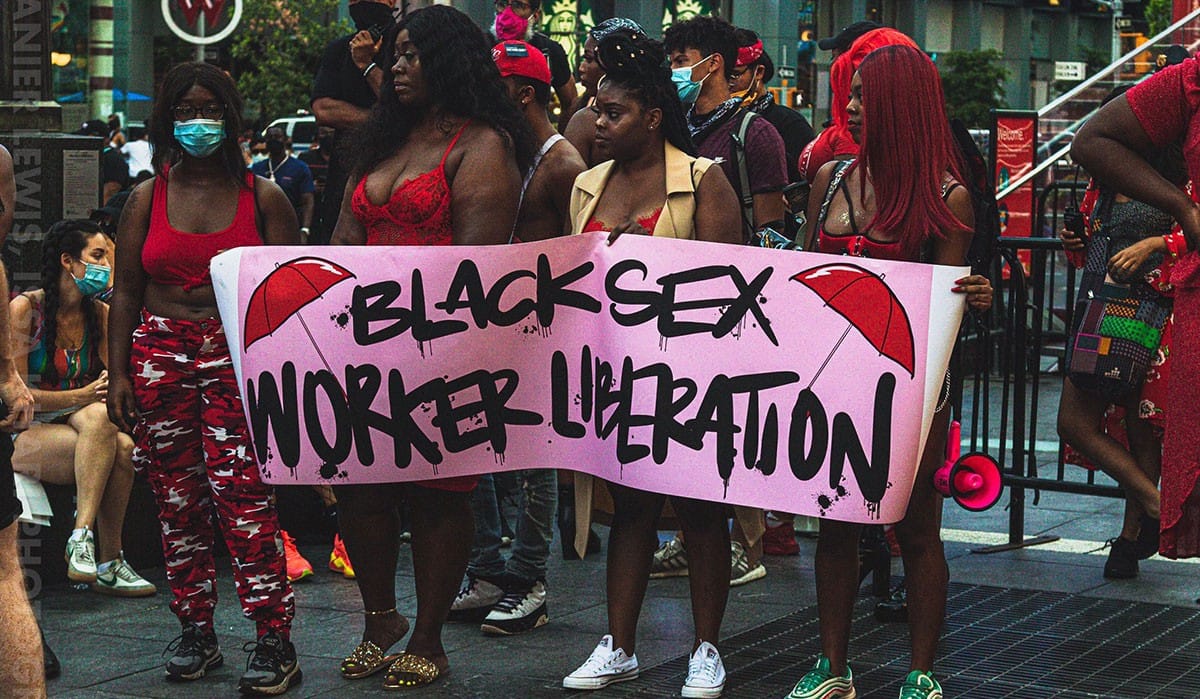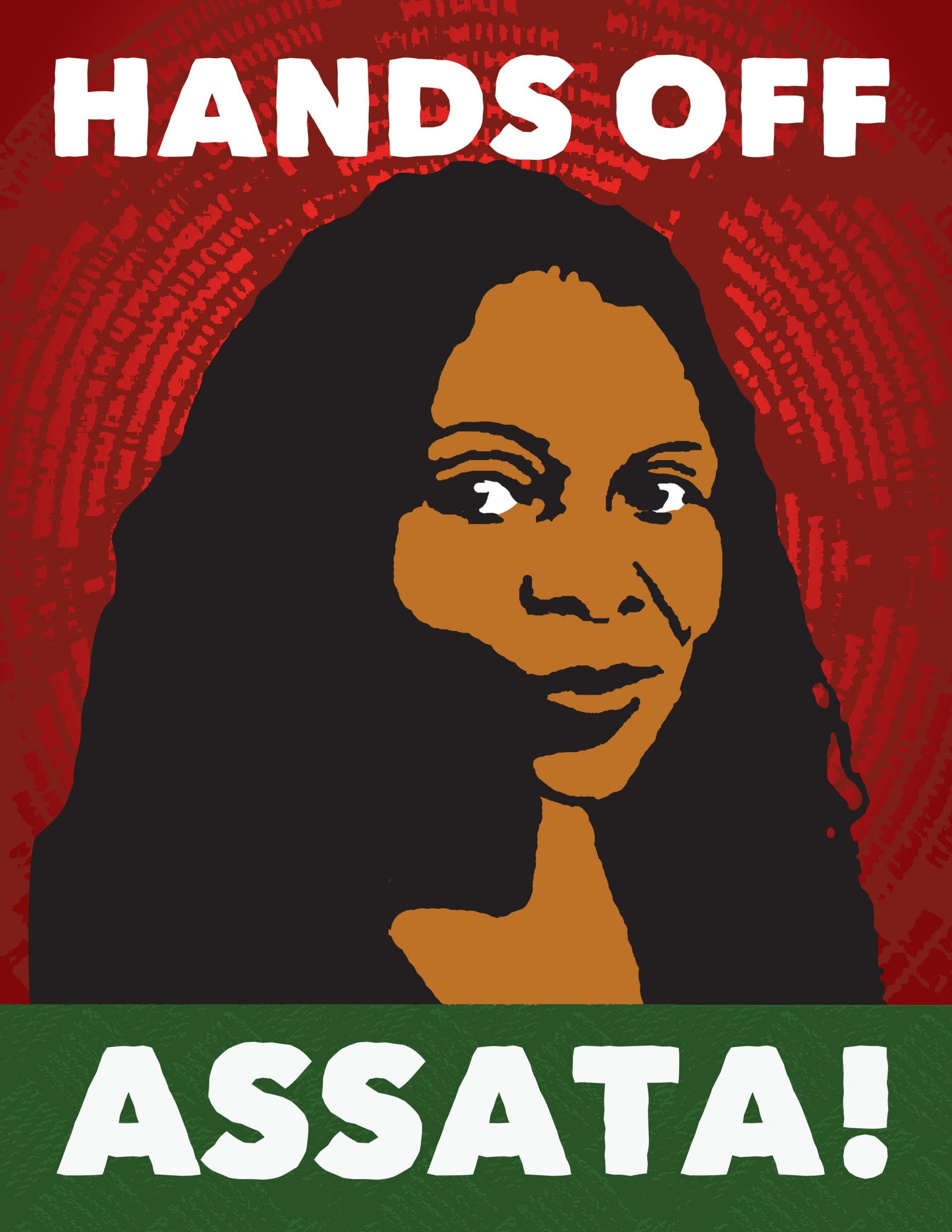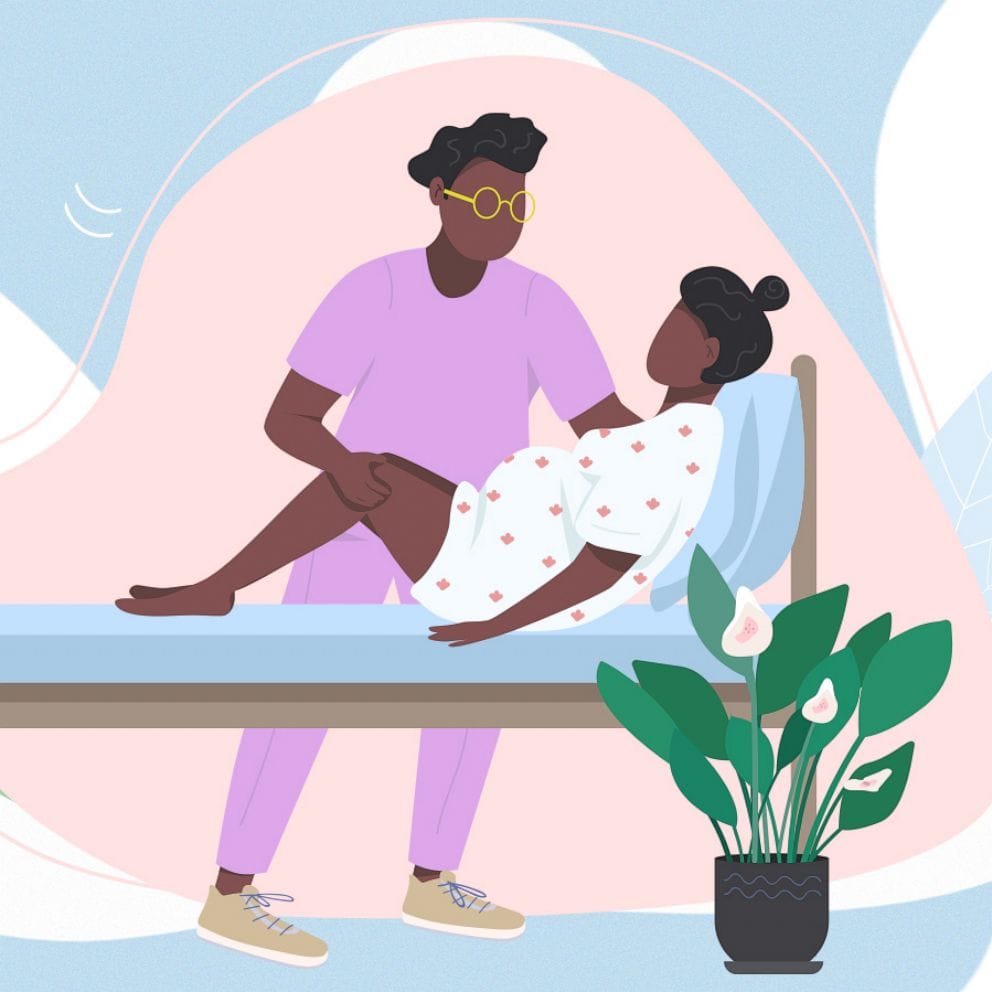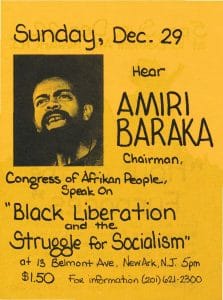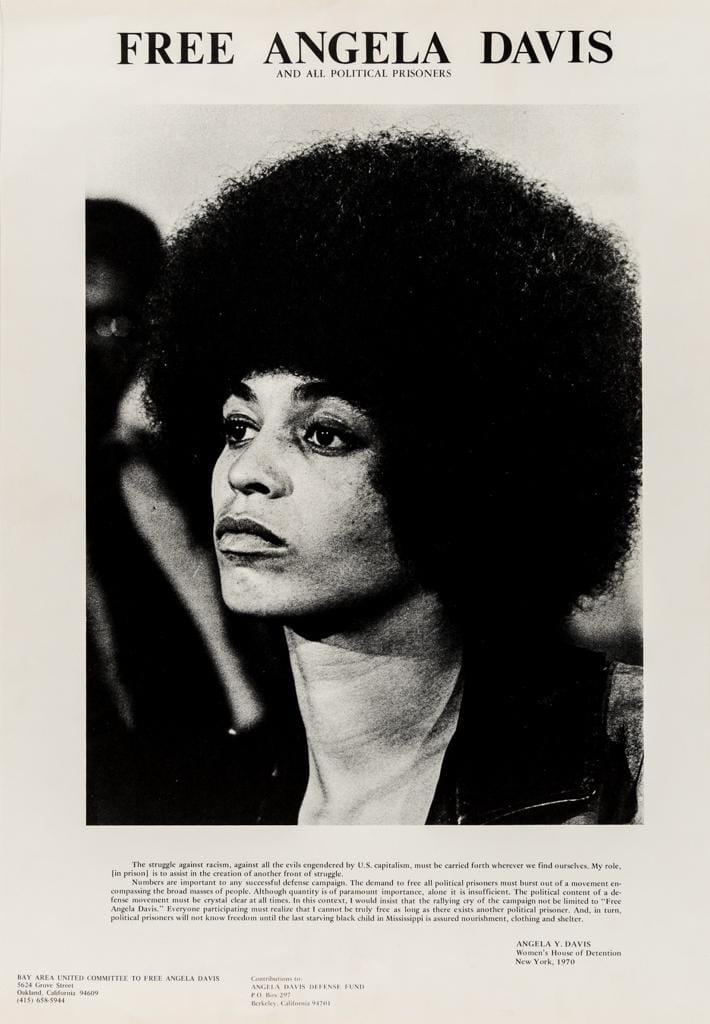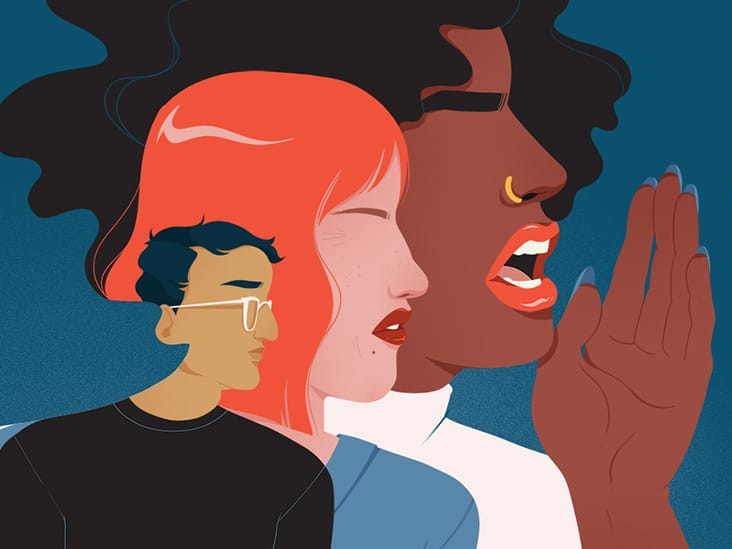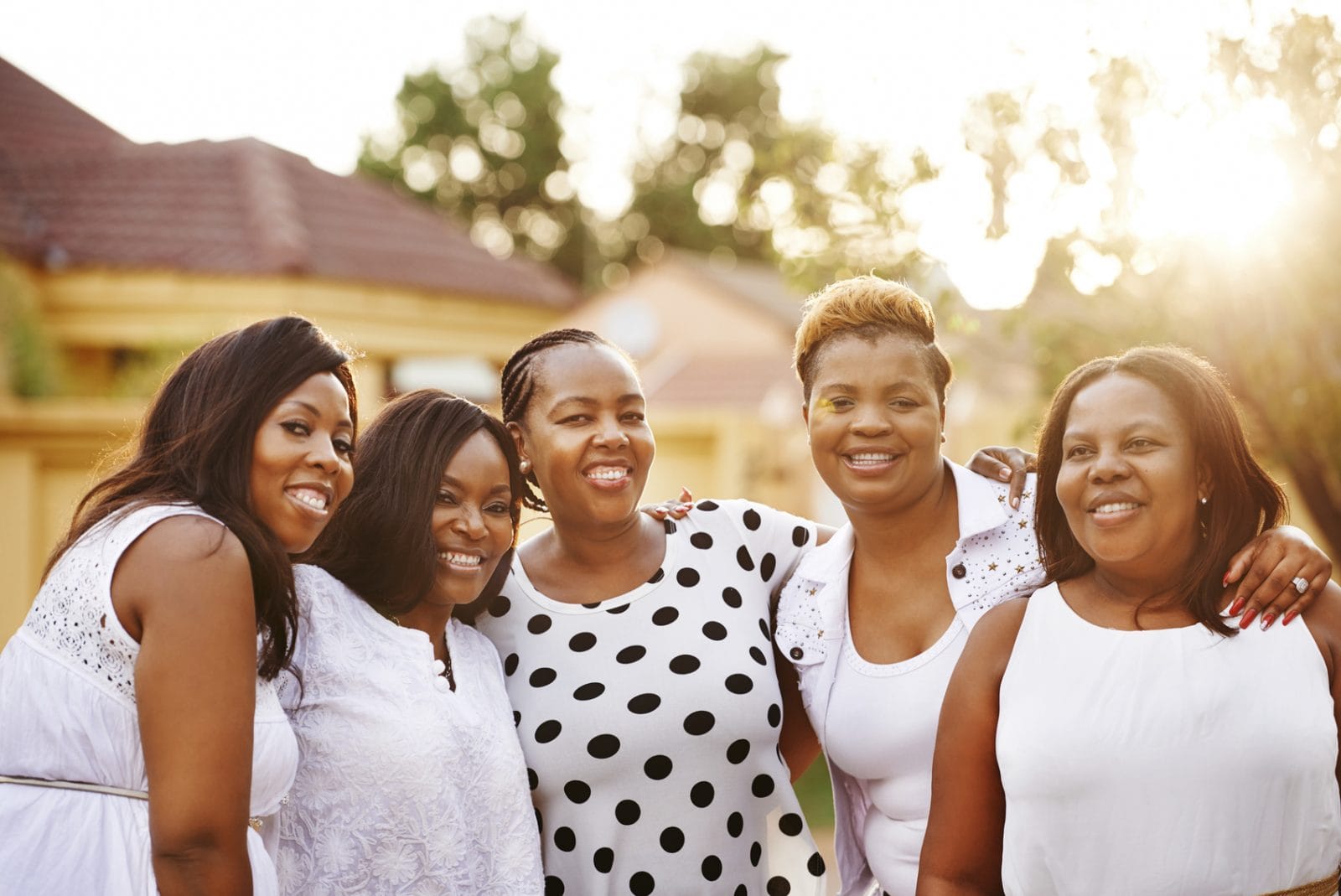Founded in Brooklyn in 1979, the National Black United Front works to organize Black people around issues including police brutality, electoral campaigns, and the death penalty.
Category: Social Movement
Sex Worker Rights
There is a long, powerful history of sex workers advocating for their rights. In the 1960s, sex workers were involved in key action points like the Compton Cafeteria Riot and the Stonewall uprising. However, it is said that the movement did not formally begin until 1978, when activist Carol Leigh coined the term sex work. The movement is centered on ensuring that “sex workers are entitled to live free of discrimination, stigma, and violence. As [with] all people, their rights to life, health, privacy, and bodily autonomy should not be infringed upon.” Many organizers and organizations involved in the sex worker rights movement focus on decriminalization efforts.
Hands Off Assata
The Hands Off Assata Campaign is a coming together of organizations and individuals who are outraged by the heightened attempts by the federal government, Congress of the United States, and the state of New Jersey to illegally force [through] kidnapping a return of Assata Shakur from Cuba to the plantation [of the] United States.
Gainesville Women’s Health Center
On May 2, 1972, Byllye Avery, Joan Edelson, Judy Levy, and Margaret Parrish founded the Gainesville Women’s Health Center. The center provided affordable abortion services, sickle-cell anemia testing, and general preventative testing. The center also published a newspaper titled Sage-Femme that provided education on women’s health. In April 1976, the center hosted the Southeastern Women’s Health Conference, which has been referred to as “the most impressive event of the decade.” Speakers at the conference included Phyllis Chesler, Pauline Bard, Barbara Ehrenreich, and Rita Mae Brown.
Domestic Violence and Sexual Assault
During the 1970s, Black and brown women ramped up their organizing efforts against domestic violence and sexual assault. They stressed that anti-rape work must also be anti-racist and became frustrated with white feminists who thought differently. Through their organizing, they were able to shed light on a number of cases in which women were incarcerated for defending themselves against assault or rape. The first rape crisis centers were established in 1972; many of them were run by survivors and were grassroots in their nature.
Mass Incarceration
There are approximately 2.3 million people in United States jails and prisons, which means that the U.S. incarcerates more people than any other country in the world. One of the driving forces of mass incarceration was the War on Drugs, which resulted in the number of people who were incarcerated for drug-related offenses increasing from 40,900 in 1980 to 452,964 in 2017. Black people are disproportionately impacted by mass incarceration. For example, Black women are 1.7 times more likely to be incarcerated than white women.
Congress of Afrikan People
In the 1970s, the Congress of Afrikan People (CAP), which later became known as the Revolutionary Communist League (Marxist-Leninist-Mao Tse-tung Thought), began as a Black nationalist party and later transitioned into a Black Maoist organization. The intent of the organization was to bring together civil-rights activists, Pan-Africanists, and Black nationalists to form a Black political party. The purpose of CAP was not only to gain political power in the U.S., but also to build and nurture international alliances.
Free Angela Davis Committee
The National United Committee to Free Angela Davis (NUCFAD) was formed shortly after Angela Davis’s arrest in 1970. Franklin Alexander, Davis’s close friend, and Fania Davis Jordan, Davis’s sister, were the national coordinators of NUCFAD. There were at least 60 local committees across the country that worked closely with the national committee staff to advocate for Davis’s freedom. After Davis was freed, the NUCFAD was renamed the Campaign to Free All Political Prisoners (and then, the National Alliance Against Racist and Political Repression). The organization shifted from focusing on a singular case to the broader theme of abolition.
Anti-Sexual Assault
The Anti-Sexual Assault Movement, also known as the Anti-Rape Movement, was an organized effort from activists and survivors to speak out against sexual assault and advocate for the protection of survivors. In 1974, the rape of Joan Little by a prison guard in North Carolina, underscored the horrors of rape and galvanized people, like Angela Davis, to advocate for her freedom.
Black Women’s Health Movement
While accessible contraception and abortion services were landmark wins in the women’s health movement, Black feminists also found it necessary to consider how race, gender, and class can influence and/or obscure a person’s ability to access quality, holistic healthcare. Moreover, Black feminists in the 1970s argued that reproductive justice does not only mean that Black women should have the means to not bear a child; it should also mean that they have the finances and support to have a child if they so choose. After Roe v. Wade, the majority of white feminists focused a lot of their efforts on keeping abortion safe and legal. While Black feminists cared about these causes, they also prioritized the forced sterilizations that were disproportionately impacting Black and brown communities. Black feminists like Loretta Ross attempted to bridge the gap between the mainstream feminist movement and the priorities of women of color. However, women of color ultimately found that they had to create their own spaces and organizations in order to have their priorities centered.
